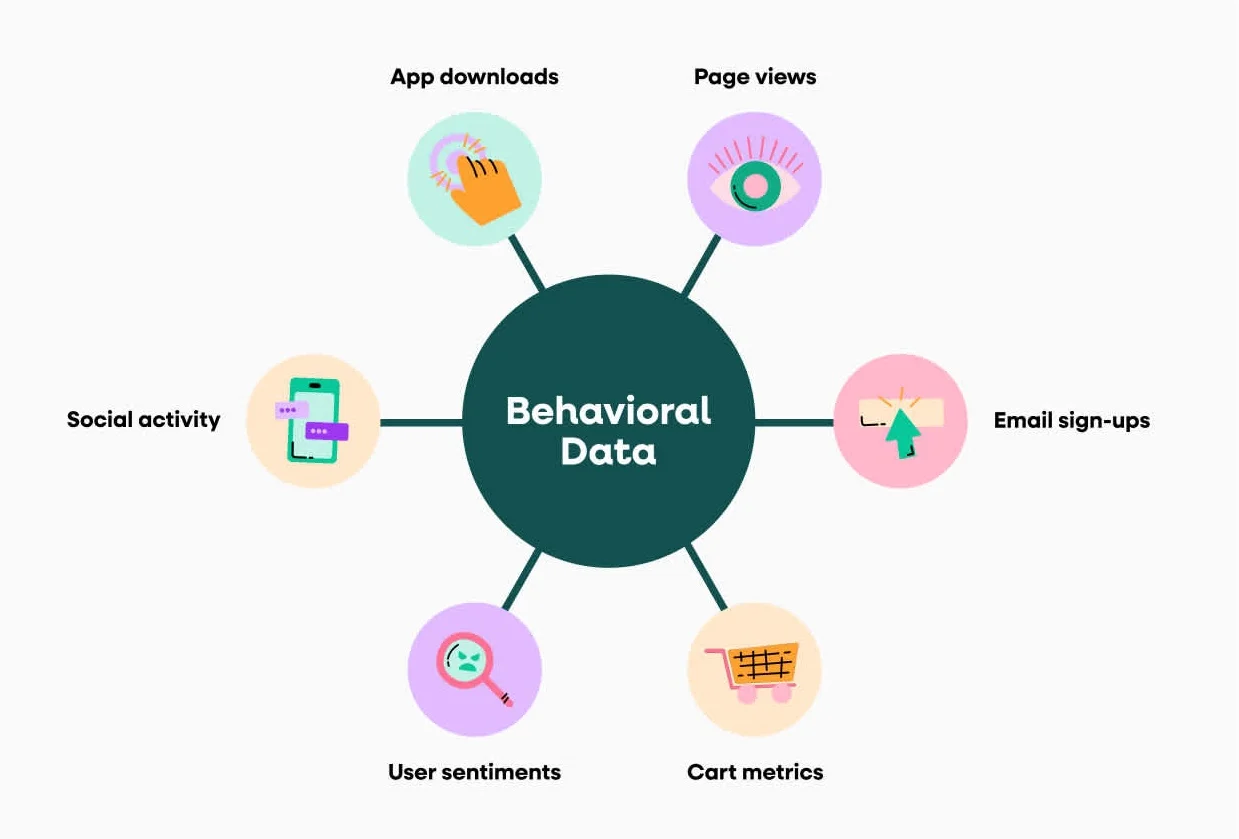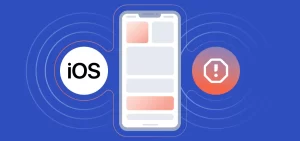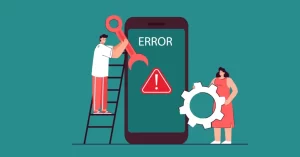Users expect their apps to function smoothly, without crashes, slowdowns, or strange behavior. While technical testing and QA processes are essential for preventing failures, one often overlooked yet highly valuable resource is user behavior data.
When used effectively, behavior data can help developers detect problems early, prioritize fixes, and build more resilient apps. However, many organizations either underutilize or completely ignore this data, missing opportunities to improve user experience and reduce app failure rates.
What Is User Behavior Data?
User behavior data refers to the information collected from how real users interact with an application. This includes:
- Navigation paths (e.g., screens visited, buttons tapped)
- Session durations and frequency of use
- Crash triggers (e.g., which action caused a crash)
- Error reports, latency, and loading times
- User feedback (explicit or inferred through frustration behaviors like rapid taps or force quits)
When anonymized and analyzed correctly, this data provides insights into both user intent and system health under real-world conditions.
How User Behavior Data Helps Prevent App Failures
1. Early Detection of Bugs in Production
Behavioral data enables developers to spot crashes and errors before they escalate. Crash analytics platforms (such as Crashlytics, Sentry, or Bugsnag) integrate this data with stack traces and user flows, helping teams pinpoint not just where a crash happened, but why.
| Data Signal | Value to Developers |
|---|---|
| Frequent crash at screen X | Indicates a bug tied to specific feature |
| Repeated timeouts | May reveal API or network issue |
| App force-close after action | Suggests logic or memory-related problem |
By tracking behavior leading up to failures, teams can replicate and fix issues more effectively.
2. Identifying At-Risk Devices and Configurations
Not all devices or operating systems behave the same. By correlating crashes or errors with specific environments (e.g., Android 8 on low RAM devices), developers can target optimizations or warn users proactively.
Behavior data helps answer questions like:
- Do crashes happen more frequently on low-end devices?
- Are users with older OS versions triggering more bugs?
- Does the app crash only under certain conditions (e.g., after camera use or during network changes)?
Armed with these answers, teams can optimize for performance bottlenecks or rollout platform-specific fixes.
3. Understanding User Flows That Lead to Errors
Behavior analytics tools such as Mixpanel, Amplitude, or UXCam can visualize how users move through an app. This reveals not only crash-prone paths but also UX design flaws that may confuse users or lead them into unsupported states.
Example:
If users repeatedly try to tap a disabled “Continue” button and then force-close the app, it’s a sign of frustration-based behavior that could precede app abandonment or failure.
4. Guiding Feature Rollouts and Performance Testing
Behavior data supports smarter rollout strategies through A/B testing and feature flag systems. If a newly released feature causes increased latency, errors, or user churn, behavior data allows teams to:
- Roll back the feature immediately
- Limit exposure to certain user segments
- Test under real conditions with safe guards
This approach reduces the risk of app-wide failures after large updates.
5. Prioritizing Bug Fixes Based on Impact
Not all bugs are equally important. By analyzing how many users encounter a specific issue — and how often — behavior data helps teams prioritize fixes that will benefit the greatest number of users.
| Issue | Frequency | Affected Users | Priority |
|---|---|---|---|
| Crash on login screen | High | 40% | Critical |
| Glitch in rare settings menu | Low | <1% | Low |
| Lag during scrolling on Android | Medium | 20% | High |
Without behavior data, teams often guess or rely on anecdotal evidence, which can lead to wasted resources.
When User Behavior Data Is Ignored
Despite its value, user behavior data is often ignored or underutilized, especially in smaller teams or legacy systems. Here’s what can happen as a result:
❌ Missed Warnings Before Major Failures
Crashes may occur sporadically before a major outage, but if behavior data isn’t monitored, these early signals are missed. What could have been a simple hotfix becomes a full-scale failure affecting thousands.
❌ Blind Spots in Testing
Automated and manual QA can’t replicate every real-world scenario. Without behavior analytics, teams lack visibility into edge cases — like crashes triggered only after five consecutive network drops — that users actually encounter.
❌ User Churn and Negative Reviews
When issues go unrecognized or unfixed, users often respond by uninstalling the app or leaving negative reviews. Behavior data can highlight friction points before they reach that stage.
Best Practices for Leveraging Behavior Data
To make the most of user behavior data, teams should integrate it into their development and monitoring workflows:
| Practice | Benefit |
|---|---|
| Use real-time crash analytics | Detect and fix bugs faster |
| Track key user flows (e.g., onboarding) | Monitor high-impact areas |
| Segment behavior by device/OS | Optimize compatibility |
| Set alerts for error thresholds | Respond proactively |
| Review behavior weekly during standups | Keep issues visible and prioritized |
Additionally, anonymize and secure user data to maintain privacy compliance, especially under regulations like GDPR and CCPA.
Tools That Help
Several tools combine crash tracking with behavioral insights. Here’s a comparison:
| Tool | Focus Area | Key Features |
|---|---|---|
| Firebase Crashlytics | Crash reporting | Real-time crash logs, breadcrumbs |
| Mixpanel | Behavior analytics | Funnels, retention, user segmentation |
| UXCam | Session recordings | Heatmaps, touch tracking, screen flows |
| Sentry | Performance monitoring | Error tracking, context-rich crash reports |
| Amplitude | Product analytics | Path analysis, engagement metrics |
Choosing the right tool—or combination—depends on the app’s complexity, team size, and data sensitivity.
Final Thoughts
User behavior data is more than a tool for marketing analytics — it’s a powerful engine for predictive stability and preventive maintenance. By capturing how users actually engage with your app, this data bridges the gap between theory and reality. Developers gain not only visibility into what’s broken but also insight into what’s working and why.
When ignored, behavior data leaves teams flying blind, often reacting to failures only after they’ve impacted thousands. But when embraced as a core component of development and QA, it becomes one of the most effective weapons against app crashes, bugs, and instability.



